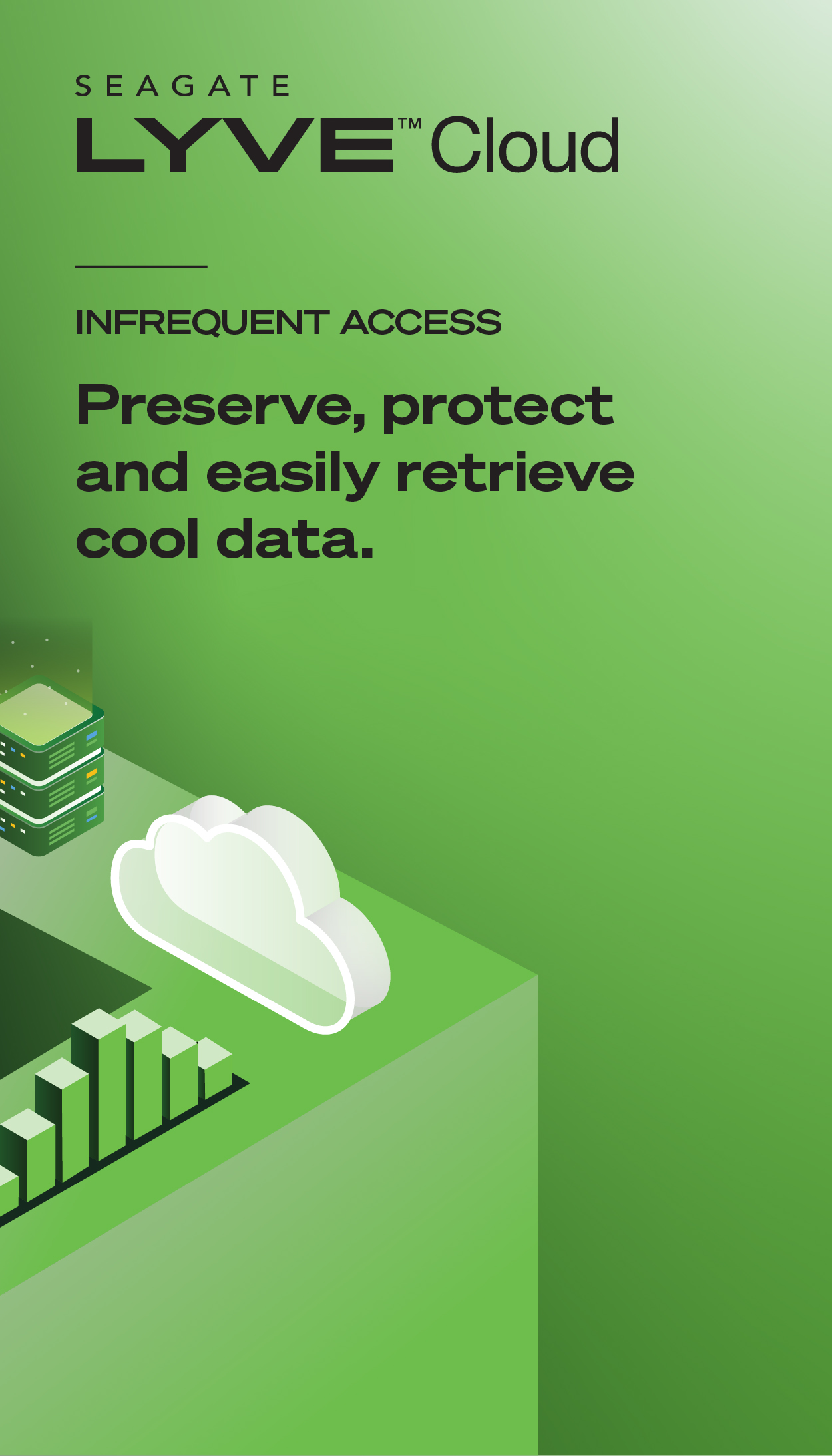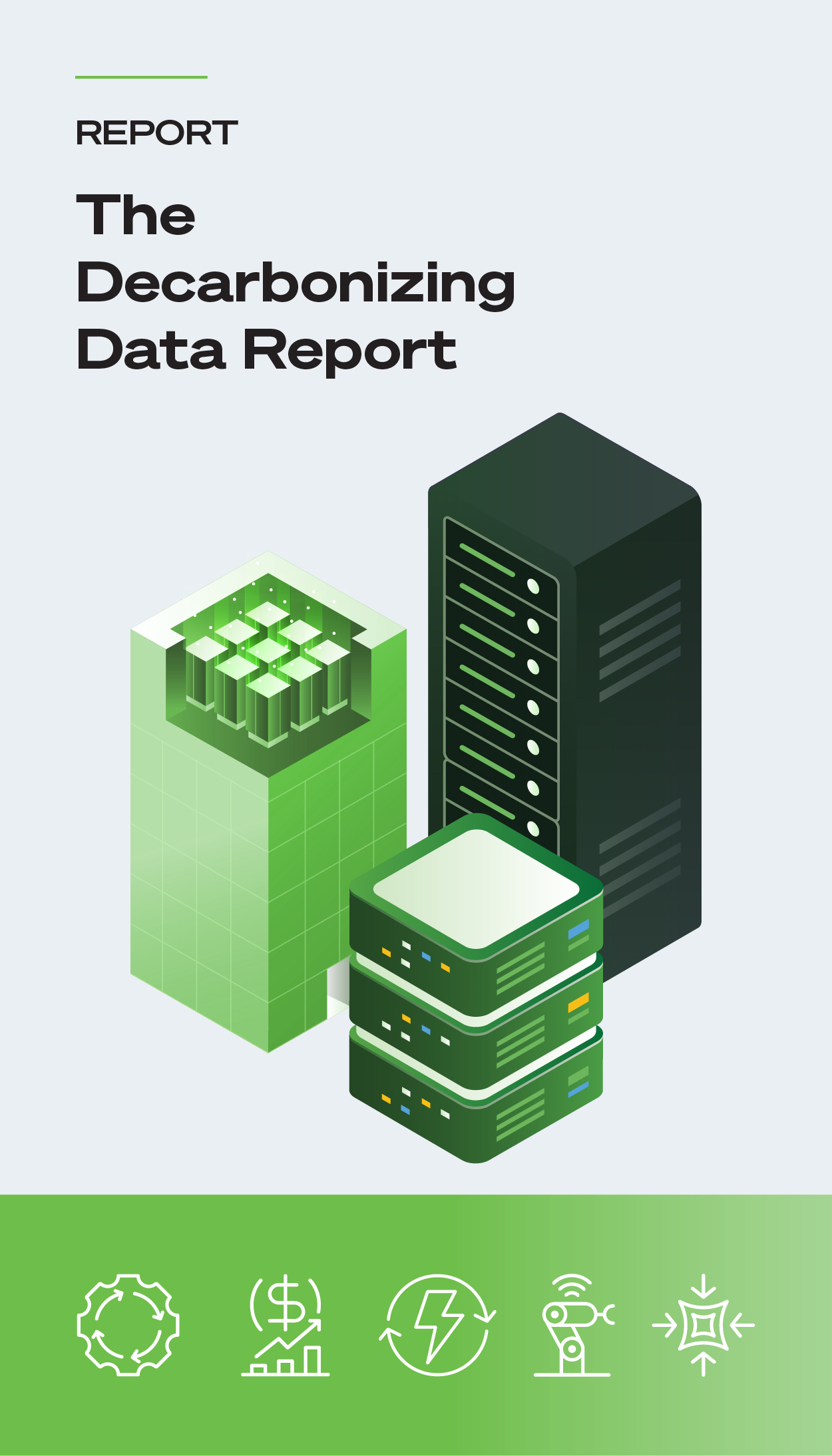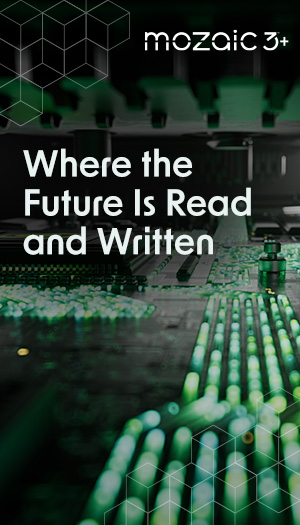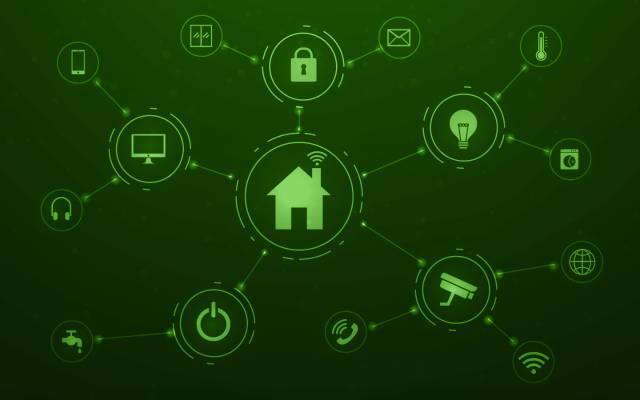The maxim Think Globally, Act Locally from the Internet of Things (IoT) movement has become Think Globally, Act Locally as well as Think Locally, Act Globally. Handling the massive amount of data coming from interconnected devices is reflected in this newer mantra. Today’s traditional data storage infrastructures are challenged by the volume and complexity of data produced by billions of networked devices.
Whether data comes from sensors located within the heart of an enterprise or devices scattered in remote areas, organizations must be able to aggregate, analyze, and apply this information to support successful decision-making.
Traditional storage methods—designed for a less connected and data-intensive age–can’t address the real-time, scalable, and secure storage needs of today’s IoT ecosystem. Companies must shift to more adaptable, efficient, and future-proof storage solutions, laying the groundwork for IoT’s transformative potential to be fully realized.
Where Is All This Data Coming From?
Data growth and sprawl in the IoT ecosystem originate from diverse sources, which include:
Sensor Data
Embedded sensors in IoT devices collect environmental data such as temperature, humidity, pressure, motion, and light levels. Found in applications ranging from smart cities to industrial equipment, this data is essential for monitoring, automating processes, and making real-time adjustments.
Location Data
Devices with GPS or other location-tracking technologies provide location data. This encompasses smartphones, wearables, and vehicles, facilitating services like real-time tracking, navigation, asset management, and geofencing.
Video and Surveillance
This includes visual information from cameras and surveillance systems, such as security cameras, traffic cameras, and drones. Video data supports security monitoring, traffic management, and insights extraction.
Machine-Generated Logs
Logs from machines, servers, and applications record events, transactions, and operational data. This information is critical for system behavior analysis, problem diagnosis, performance improvement, and predictive maintenance.
User Interaction
Data from user interactions with devices and applications, such as touchscreen inputs, voice commands, and app usage, offers insights into user preferences and behaviors. This data is key for personalizing experiences, improving product designs, and enhancing user engagement.
These diverse data sources show just how important efficient data management strategies are for harnessing IoT power across various domains.
Four Stages of IoT Data
The lifecycle of IoT data involves four critical stages. Understanding these levels helps organizations maximize the value of their IoT investments by ensuring data is effectively captured, transmitted, stored, and analyzed. Here’s a closer look at each stage.
Devices that Generate Data
The wide range of devices responsible for collecting data from the environment is where the Internet of Things (IoT) journey starts. These include:
- Sensors: Measure environmental variables like temperature, humidity, or light
- Smart Devices: Capture user interactions and performance data from wearables to home appliances
- Industrial Machinery: Sensors and systems monitor operational conditions and performance
- Vehicles: Connected cars and drones collect data on location, speed, and more, offering IoT applications in public safety.
- Healthcare Devices: Wearables and medical devices monitor patient health metrics in real time
Each device type plays a crucial role in the IoT ecosystem, collecting specific data types that lay the groundwork for insights and innovations.
Sending Data to a Central Location
Data typically needs to be transmitted to a central location for further processing and analysis. This stage involves using communication technologies and protocols to ensure timely and secure data transmission. The choice of technology—cellular, Wi-Fi, low-power wide-area network, or something else—depends on factors like data volume, transmission distance, and energy efficiency.
While sending data to a central location is a common approach in IoT ecosystems, there are other pathways for data flow. Sometimes, processing data on or close to the device is better. The choice to send data to a central location versus processing it closer to the source or even within a peer network is determined by specific IoT system requirements, including its scale, the importance of real-time responses, and the available infrastructure.
Storing Data
Once data reaches a central location, organizations must store it in a manner that supports scalability, accessibility, and security. Depending on the organization’s needs and regulatory requirements, this stage might involve cloud storage solutions, on-premises data storage, or hybrid models.
Effective data storage strategies are essential for managing the vast amounts of data generated by IoT devices, ensuring it remains organized and accessible for analysis.
For many organizations, managing IoT storage is a critical vulnerability. With 29 billion connected devices expected by 2030, the number of uncontrolled—and sometimes unmonitored—devices are a key consideration.
Analyzing Data for Insights
The final stage in the IoT data process is analyzing it to extract actionable insights. This involves using advanced analytics, machine learning algorithms, and data visualization tools to interpret the data and uncover patterns, trends, or anomalies. The goal is to translate raw data into something meaningful to inform decision-making, optimize operations, and drive innovation.
Although many might see this as the most important stage, effective storage is necessary to secure and organize data, and ensure it’s available for analysis. This organized access to data is vital for converting information into intelligence, and storage quality can impact decision-making and operational optimization. An organization’s capacity to use IoT for innovation and competitive advantage is directly related to the sophistication of its data storage options.
Types of IoT Data Storage
Managing the sheer volume and variety of IoT data generated necessitates a variety of storage types. These solutions cater to different operational needs and optimize performance, security, and cost-effectiveness. Here are the three primary types.
Edge Storage
Edge storage refers to data storage directly on or near the device generating the data, rather than transmitting all information to a centralized data center or cloud. The advent of edge storage marks a significant evolution in data management, directly addressing IoT’s need for immediacy and reduced latency. Processing data locally can significantly decrease the volume of data sent to central or cloud-based storage systems and, in some cases, improve security measures.
Cloud Storage
Cloud storage provides a scalable and flexible solution for IoT data. This model supports data centralization from various sources and integrates data across disparate IoT systems. Cloud storage is characterized by its accessibility from anywhere with an internet connection, making it ideal for applications that require extensive data analysis and collaboration across different geographical locations. Reliance on internet connectivity and potential latency issues are considerations that need to be managed.
Hybrid Storage
Hybrid storage combines the best of both edge and cloud, offering a balanced solution that addresses the limitations of each approach. In a hybrid model, critical data can be processed and stored locally at the edge for immediate action. In contrast, less time-sensitive or bulk data is sent to the cloud for long-term storage, analysis, and backup. This approach allows for flexible data management strategies that optimize for speed, cost, and scalability. It can also address the risks in processing sensitive data.
Key IoT Storage Challenges and Solutions
Integrating IoT technologies across various sectors can introduce significant challenges in data storage.
Data Volume and Scalability
One of the foremost storage challenges is the volume and scalability of data generated by IoT devices. This can quickly outstrip the capacities of traditional storage systems. Solutions lie in leveraging cloud-based storage and advanced database technologies tailored to big data. Employing data compression techniques and adopting selective data storage policies—focusing on data that provides analytical value—can also address volume concerns.
Real-Time Processing and Latency
Real-time processing and latency present another hurdle. Many IoT applications depend on swift data analysis for decision-making. Processing data closer to its source through edge or fog computing can reduce latency and enable real-time answers. Network infrastructure and protocol optimizations further improve processing speeds.
Security and Privacy Concerns
The sensitive nature of data collected and transmitted by IoT devices exacerbates security and privacy concerns. Cybersecurity challenges in smart cities require robust encryption, secure transmission protocols, and stringent access controls. Regular security audits and adherence to data protection regulations reinforce the measures to safeguard device users’ sensitive information.
Interoperability and Standardization
Lastly, the diversity of IoT devices and platforms raises interoperability and standardization issues, complicating the management and analysis of data across disparate systems. The path forward involves championing and adhering to industry-wide standards. Employing middleware and platforms that support multiple standards and offer cross-compatibility can also mitigate these interoperability challenges.
Navigating these challenges involves a blend of technological advancements and strategic initiatives to harness the full potential of data storage and management as the IoT ecosystem evolves.
Transform Your IoT Strategy with Seagate
It's vital to update a data storage strategy to account for the unique needs of the IoT age. Seagate offers a comprehensive suite of storage solutions designed to address these challenges, enabling organizations to transform their IoT infrastructure for enhanced efficiency, security, and scalability.
- Enterprise Drives: Seagate drives—Exos® X, Exos enterprise hard drives, the new Exos Mozaic 3+™ series, Nytro® SATA, Nytro SAS, and Nytro NVMe SSDs, are engineered for high performance and reliability in demanding environments.
- Systems: Solutions like Exos CORVAULT™ (secure data protection), expansion enclosures and JBODs (for scalability), and hybrid storage arrays (balancing speed and ) cater to varied enterprise needs.
- Lyve Solutions: Lyve™ Cloud offers a scalable, secure cloud storage solution, while Lyve Mobile provides portable edge storage and data transfer service, simplifying the movement of massive data volumes.
Seagate enterprise data storage solutions are meticulously designed to empower businesses navigating the complexities of IoT data management, ensuring data is not just stored but a catalyst for innovation and growth.
Talk to a Seagate expert to learn how our advanced storage technologies are helping organizations future-proof their IoT strategies and transform challenges into opportunities.












